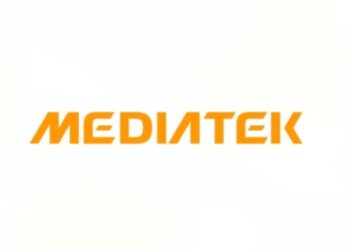AI in HR and recruitment process can enhance efficiency, AI application has lots for HR and recruitment leaders. There is a fair number of HR leaders who are interested in applying AI across areas such as talent management, HR service delivery and workforce management, Gartner latest survey found that 23% of organizations who were already piloting or using AI, were doing so in the HR and recruiting domain. Often, organizations demonstrate the use of AI in the HR domain after having showed value in other business areas.
In the human capital management domain, AI applications dominate in employee- and candidate-facing situations.
Following 3 common use cases of AI in HR and recruiting identified by Gartner
1: Talent Acquisition
AI in talent acquisition is a use case that is frequently profiled negatively by the media, generally focusing on potential bias or discrimination. The fear is that, if a single AI agent takes over the full hiring process, it could make decisions without human control.
“We acknowledge that none of the technology providers or organizations looking to apply AI in the recruiting domain are pursuing such an aim,” Ms. Poitevin said. “Recruiters, who most commonly use AI prior to hiring, start with labor market analysis, competency identification, skills matching, and bias detection in job descriptions and candidate ranking. HR recruiters use chatbots for scheduling appointments or answering common questions. For example, a large multinational in the hospitality industry has been using this capability to improve candidate experience and recruiter efficiency — all while hiring at very high volumes.”
Organizations with a very high volume of candidates, or those struggling to find specialists or other rare profiles, are likely to invest in AI technologies. “Overall, AI applications can analyze and interpret candidates’ responses and predict candidates’ degree of fit and performance for current vacancies and other potential roles. AI applications should also be able to take over repetitive administrative tasks and enable recruiters to focus on strategic tasks,” added Ms. Poitevin.
2: Voice of the Employee
Voice of the employee (VoE) analytics is the second most popular domain area attracting interest from HR leaders as they seek to improve how they monitor employee engagement. “As an example, by analyzing comments shared in an employee engagement survey, one organization was able to discover that a dip in engagement for a group of employees was actually due to issues with the work uniform — something that could be fixed directly and easily. This helped the organization to avoid unnecessary, costly and unwanted attrition,” said Ms. Poitevin.
Instead of relying solely on surveys, HR leaders are also interested in detecting, analyzing and reporting on sentiment and attitudes as expressed across more employee communication channels. For example, they may look at employees’ social media feeds, or conversations and comments in internal collaboration tools. The goal is to identify what people are talking about positively or negatively, and which topics are most frequently raised. Some leading organizations use this kind of input to track the health of their corporate culture.
Modern VoE tools that capitalize on AI technologies use a variety of natural language processing and textual analysis techniques to analyze sentiment and get insights from text-based answers. This can be especially useful in times of significant change, such as a major restructuring, new leadership or a new strategy.
3: HR Virtual Assistants
HR virtual assistants are still in a stage of early adoption. However, the expectation is that there will be a unique front end for every imaginable HR process (such as answering queries by employees, delivering insights on talent metrics, or conducting process workflow steps).
For HR organizations today, AI-supported virtual assistants usually mean chatbots put in place for customer contact centers or help-desk-related process flows. Organizations that have been successful in deploying these kinds of chatbots — and gaining strong adoption from employees — typically tell us that they have experienced a significant decrease in the calls to the help desk.
- Read More: How AI Can Improve your Marketing Strategy
When developing investment in HR virtual assistants, HR leaders should start small. “Kick off with a simple automated FAQ on help-desk-related questions, and give the organization a few years to develop an effective assistant,” said Ms. Poitevin.























